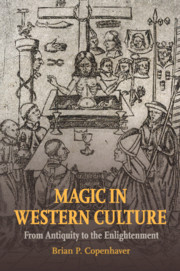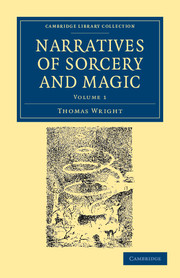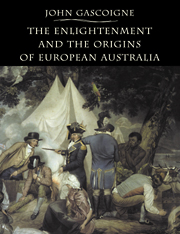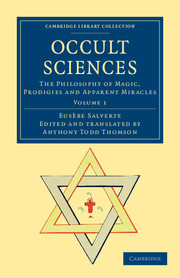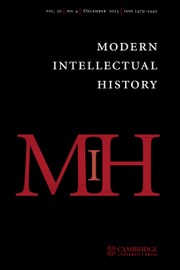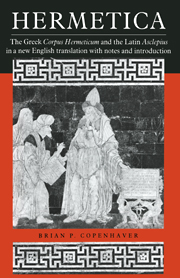Magic in Western Culture
The story of the beliefs and practices called 'magic' starts in ancient Iran, Greece, and Rome, before entering its crucial Christian phase in the Middle Ages. Centering on the Renaissance and Marsilio Ficino - whose work on magic was the most influential account written in premodern times - this groundbreaking book treats magic as a classical tradition with foundations that were distinctly philosophical. Besides Ficino, the premodern story of magic also features Plotinus, Iamblichus, Proclus, Aquinas, Agrippa, Pomponazzi, Porta, Bruno, Campanella, Descartes, Boyle, Leibniz, and Newton, to name only a few of the prominent thinkers discussed in this book. Because pictures play a key role in the story of magic, this book is richly illustrated.
- Richly interdisciplinary, framing its philosophical analysis with classical studies, history, art history, and anthropology
- Engaging and accessible, telling a human story about magic, focusing on human successes and failures, on new discoveries and passionate controversies
- Provocatively challenges orthodoxies long established in a number of fields
- No other book tells the premodern story of magic authoritatively and on this scale
Reviews & endorsements
'Brian P. Copenhaver's Magic in Western Culture is a towering achievement in the field of intellectual history that is evidently the product of years - or decades, one suspects - of its author's immersion in the primary sources. In spite of its focus on the history of magic, this book is in fact essential reading for students of the history of ideas, the history of philosophy, the history of medicine, the history of science and even students of art history, since Copenhaver places great stress on the significance of images in both the development and the dismemberment of the western magical tradition. It would be a shame if the book's readership were confined to historians of magic, since its significance is so much more far-reaching.' Francis Young, Reviews in History
'This is a significant work that brings together decades of thinking about an important subject for the history of science and helps to cast it in a new light. It is grand in scope and ambition, seeking a big picture that provides a convincing account and critique of writings about magic over a long period.' Richard Dunn, British Journal for the History of Science
'Magic in Western Culture is the culmination of nearly half a century of research on the magical and occult tradition in Europe. … This is a very rich book …' Rienk Vermij, Isis
'Brian P. Copenhaver is an eminence grise in the history of magic especially as it relates to the history and philosophy of science in the Renaissance; he has been grounding, clarifying, and revising the scholarly understanding of early modern magic and its philosophical-cosmological underpinnings for some four decades now … Magic in Western Culture remains a book filled with intellectual treasures; it is also a handy updated collection of some of Copenhaver's best work on the history of magic in a package that both scholars and students will take pleasure in reading.' Claire Fanger, Metascience
Product details
October 2018Paperback
9781107692176
614 pages
228 × 152 × 30 mm
0.88kg
108 b/w illus.
Available
Table of Contents
- Part I. Introduction:
- 1. The scruples of J. G. Frazer
- 2. Magic as a classical tradition and its philosophical foundations
- Part II. Mageia:
- 3. Ancient philosophy in Ficino's magic I: Plotinus
- 4. Ancient philosophy in Ficinio's magic II: Neoplatonism and the Chaldaean Oracles
- 5. Ancient philosophy in Ficino's magic III: Hermes and Proclus
- 6. Scholastic philosophy in Ficino's magic
- 7. Data: a tale of two fish
- Part III. Hermetica:
- 8. Hermes the theologian
- 9. Hermes domesticated
- 10. Hermes on parade
- Part IV. Magic Revived and Rejected:
- 11. How to do magic, and why
- 12. Nature, magic, and the art of picturing
- 13. The power of magic and the poverty of erudition
- 14. Disenchantment
- Part V. Conclusion:
- 15. Who killed Dabholkar?

